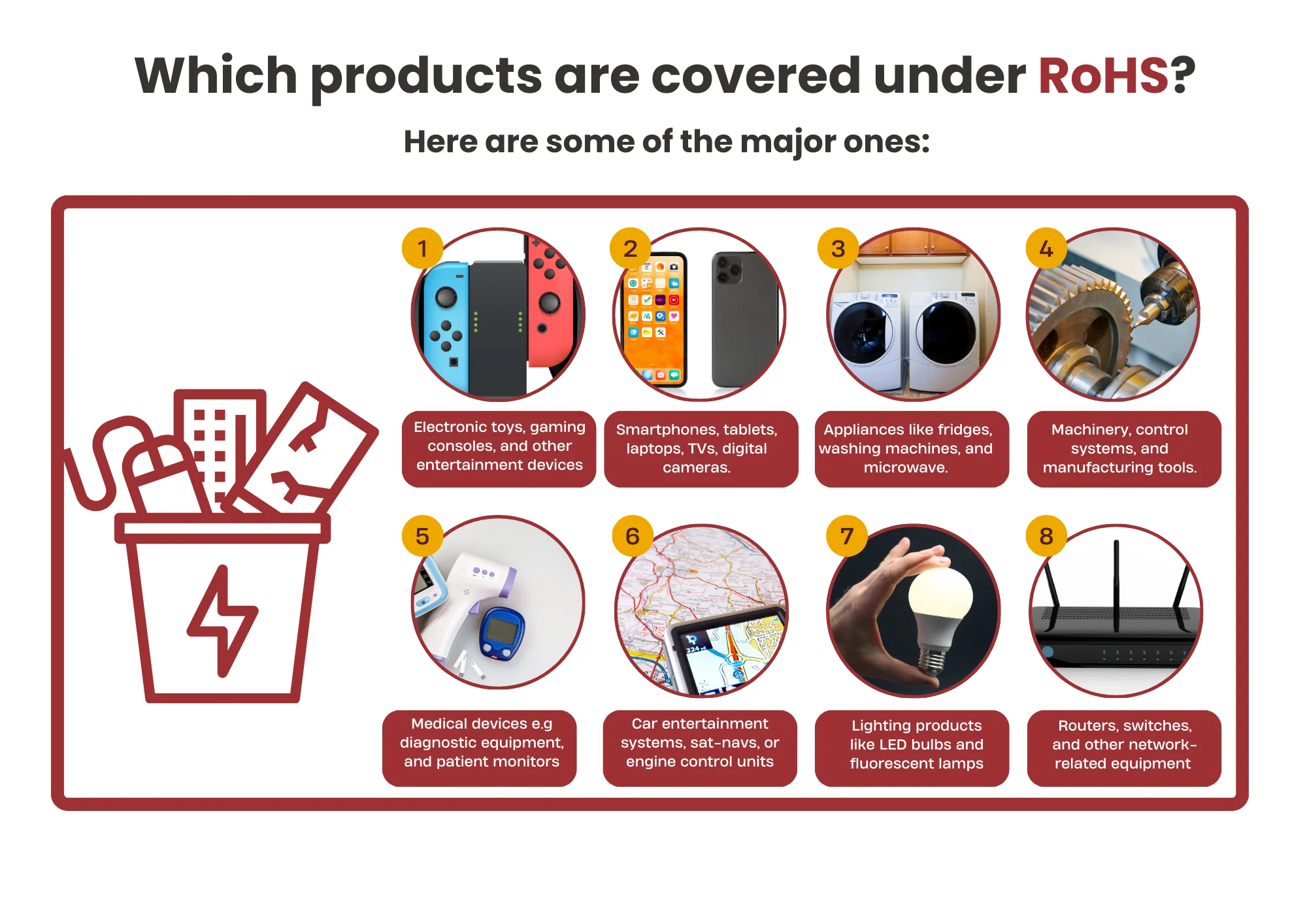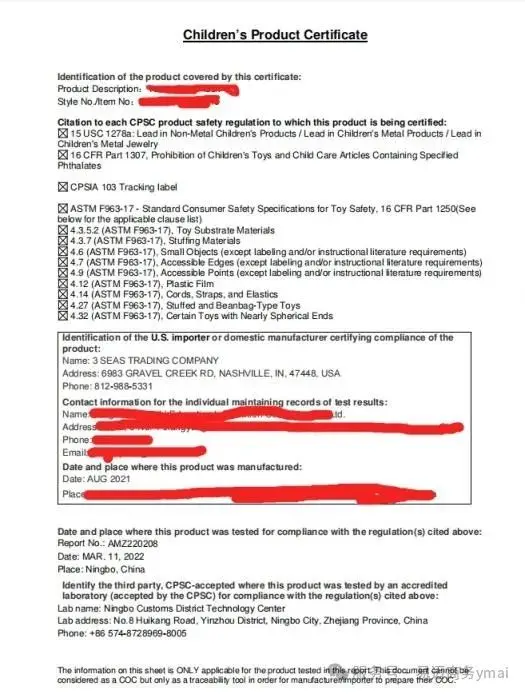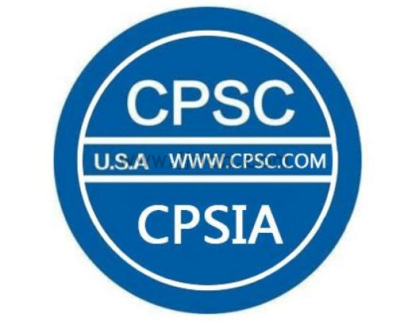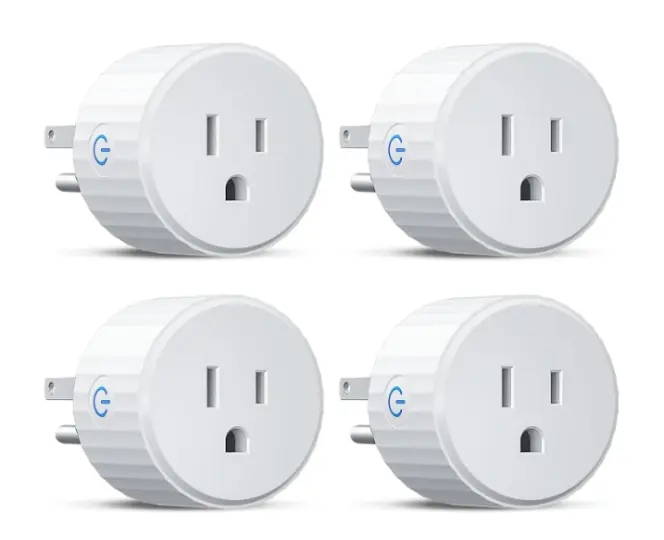
How much does RoHS testing cost?
RoHS stands for the "Restriction of the use of certain hazardous substances in electrical and electronic equipment" directive. It primarily restricts the use of six hazardous substances in electrical and electronic products: Lead (Pb), Cadmium (Cd), Mercury (Hg), Hexavalent Chromium (Cr6+), Polybrominated Biphenyls (PBBs), and Polybrominated Diphenyl Ethers (PBDEs). Over time, more hazardous substances will be restricted.

This directive was proposed by the European Parliament and the Council, and it came into force for EU member states on July 1, 2006. At that time, it became illegal for electrical and electronic products containing harmful heavy metals or using polybrominated biphenyls or polybrominated diphenyl ethers as flame retardants to enter the EU market.
WEEE stands for the "Waste Electrical and Electronic Equipment" directive. Also proposed by the European Parliament and the Council, WEEE was enforced starting August 13, 2005, within the EU. The main goals of WEEE are to prevent waste generation and to facilitate the recycling, reuse, and remanufacturing of electronic waste, reducing resource waste.
Scope of the RoHS Directive:
1. Large household appliances: refrigerators, washing machines, microwaves, air conditioners, etc.
2. Small household appliances: vacuum cleaners, irons, hairdryers, ovens, clocks, etc.
3. IT and communication devices: computers, fax machines, telephones, mobile phones, etc.
4. Consumer devices: radios, televisions, video recorders, musical instruments, etc.
5. Lighting equipment: fluorescent lamps and other lighting devices (excluding household lighting), lighting control devices.
6. Power tools: drills, lathes, welding equipment, sprayers, etc. (excluding large industrial tools that need to be installed).
7. Toys/Entertainment and sports equipment: electric cars, video game consoles.
8. Medical devices: radiation therapy machines, ECG test machines, analyzers, etc.
9. Monitoring/Control equipment: smoke detectors, incubators, factory monitoring and control devices, etc.
10. Vending machines.
Note that the RoHS directive does not apply to items listed in points 8 and 9.
Testing Principles
According to the EU WEEE & RoHS directives, qualified third-party testing organizations in the country will disassemble products by material type and perform hazardous substance testing on each material.
Generally:
- For metal materials, four hazardous metals are tested: Cadmium (Cd), Lead (Pb), Mercury (Hg), and Hexavalent Chromium (Cr6+).
- For plastic materials, in addition to testing the four hazardous metals, brominated flame retardants (Polybrominated Biphenyls PBB/Polybrominated Diphenyl Ethers PBDE) are also tested.
- Additionally, packaging materials made of different materials require testing for heavy metals (94/62/EEC).
We offer the following professional services:
1. Testing and verification of EU RoHS restricted chemical substances for electronic raw materials and components.
2. Testing and verification of EU RoHS restricted chemical substances for electrical and electronic products.
3. Support for material/composition declarations for electronic components and parts.
4. Third-party evaluations of electronic raw material or component suppliers.
5. Pre-testing for compliance of electronic components and materials.
How long does ROHS certification testing take?
Typically, it takes 7 business days.
How much does RoHS certification testing cost?
1. RoHS certification fees are based on the material.
2. If the product is tested as a whole, materials can be bundled together.
3. The cost is relatively low; the RoHS fee for a single material is $150.
Email:hello@jjrlab.com
Write your message here and send it to us
 Toy Toxicology Testing CA
Toy Toxicology Testing CA
 CPSIA Compliance for Children's Products
CPSIA Compliance for Children's Products
 Food Contact Items Testing
Food Contact Items Testing
 Energy Star Testing Laboratory
Energy Star Testing Laboratory
 Do I Need to Test Every Color for CPSIA Compliance
Do I Need to Test Every Color for CPSIA Compliance
 Accredited Medical Device Testing Lab
Accredited Medical Device Testing Lab
 Safety Testing for Baby Wrap
Safety Testing for Baby Wrap
 United States Electrical Plug Certification
United States Electrical Plug Certification
Leave us a message
24-hour online customer service at any time to respond, so that you worry!




